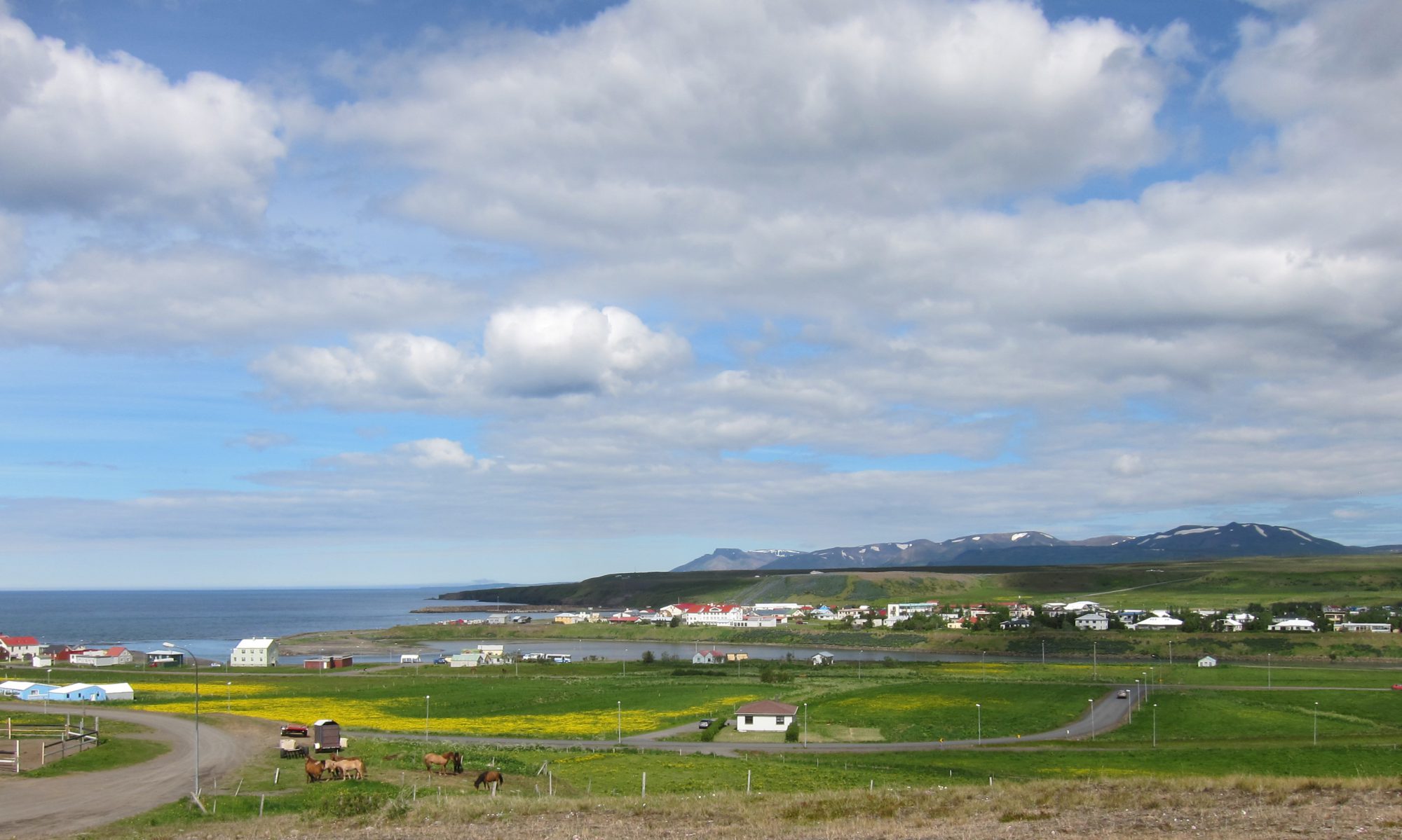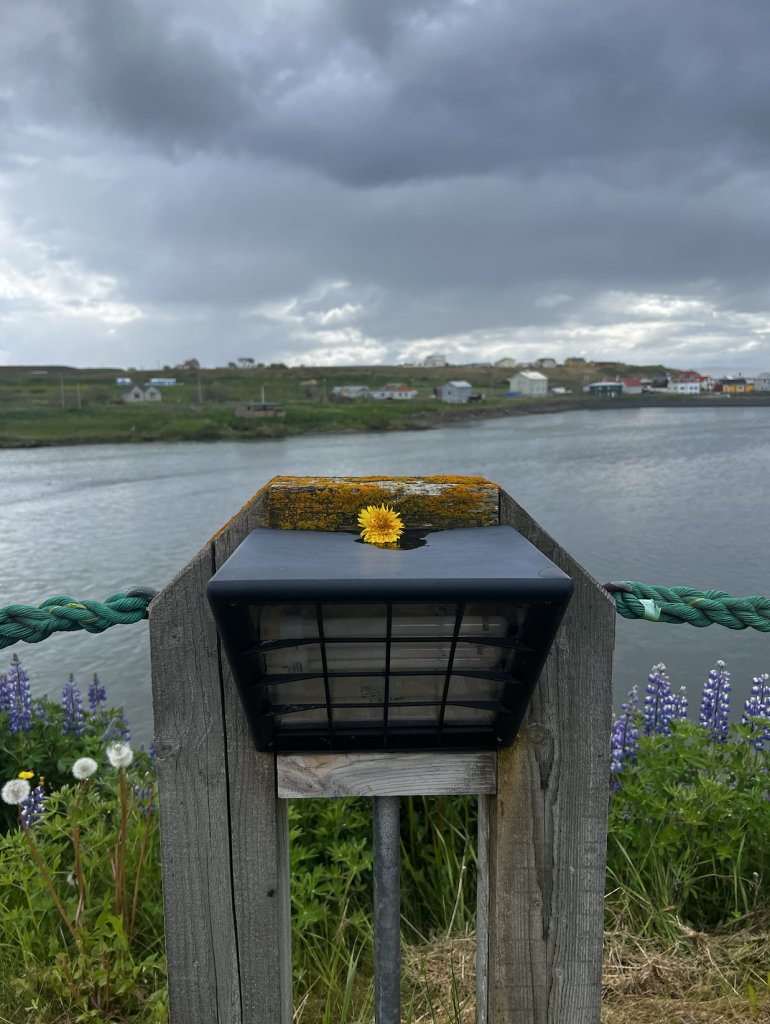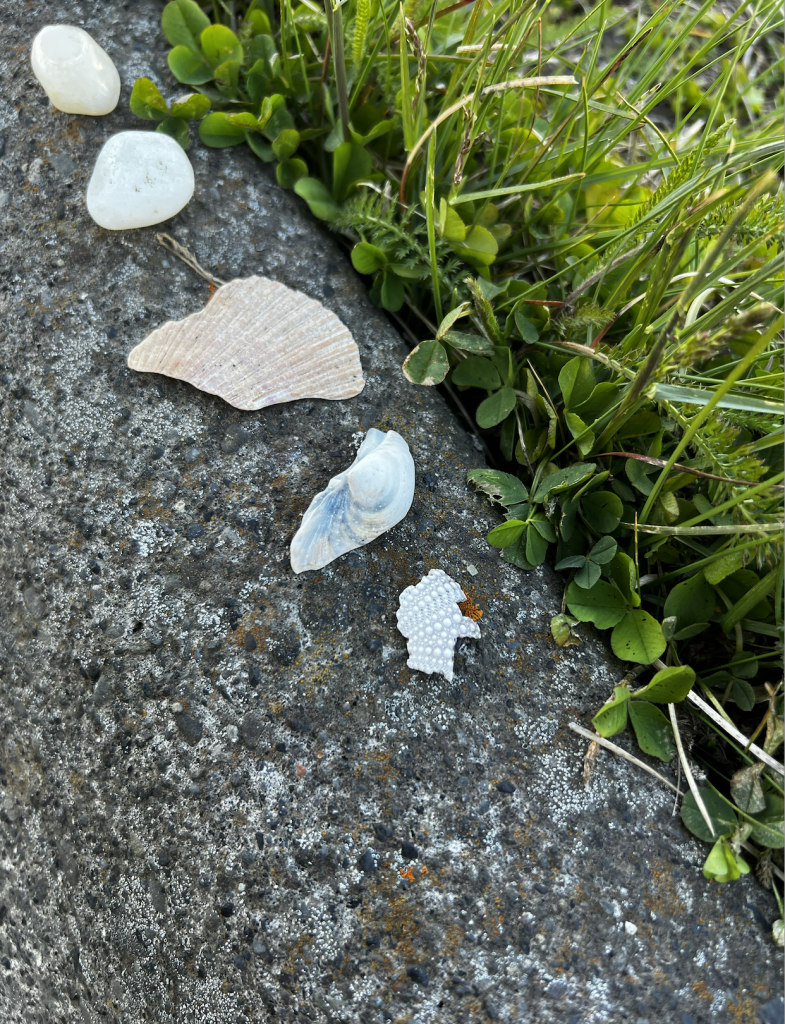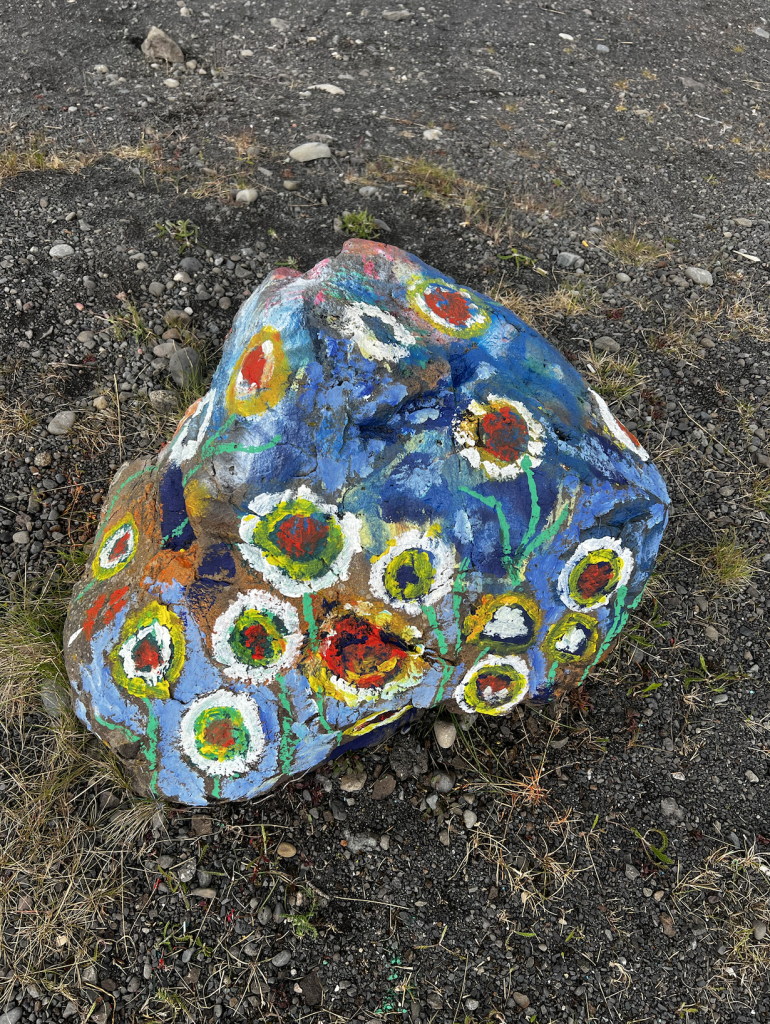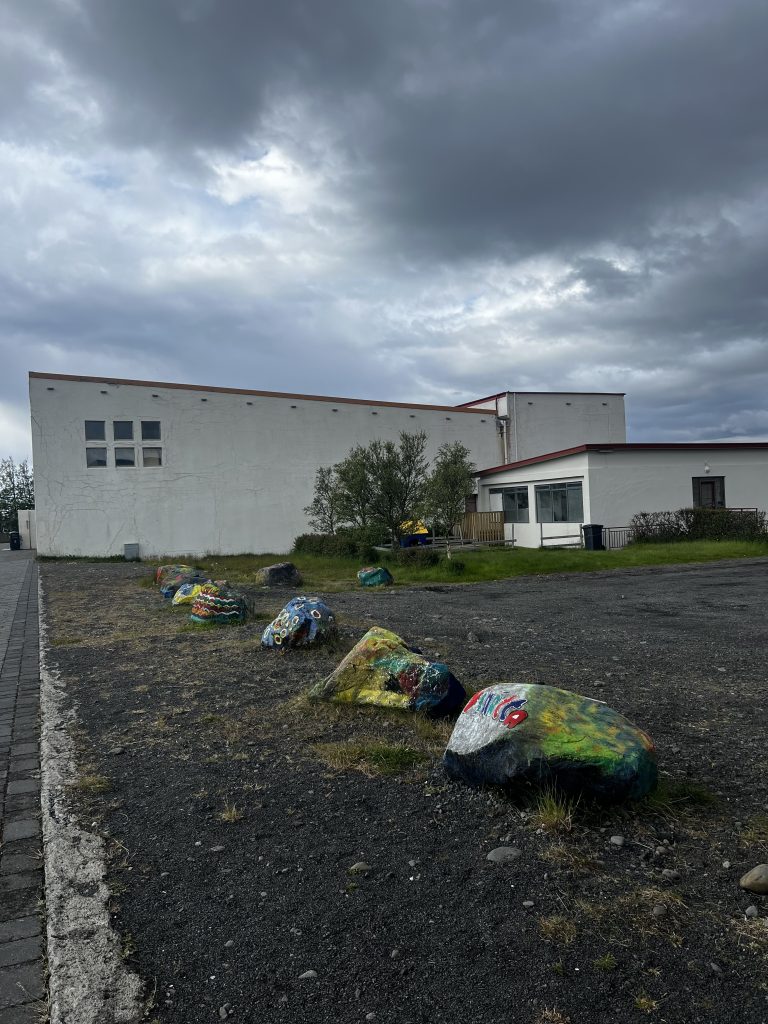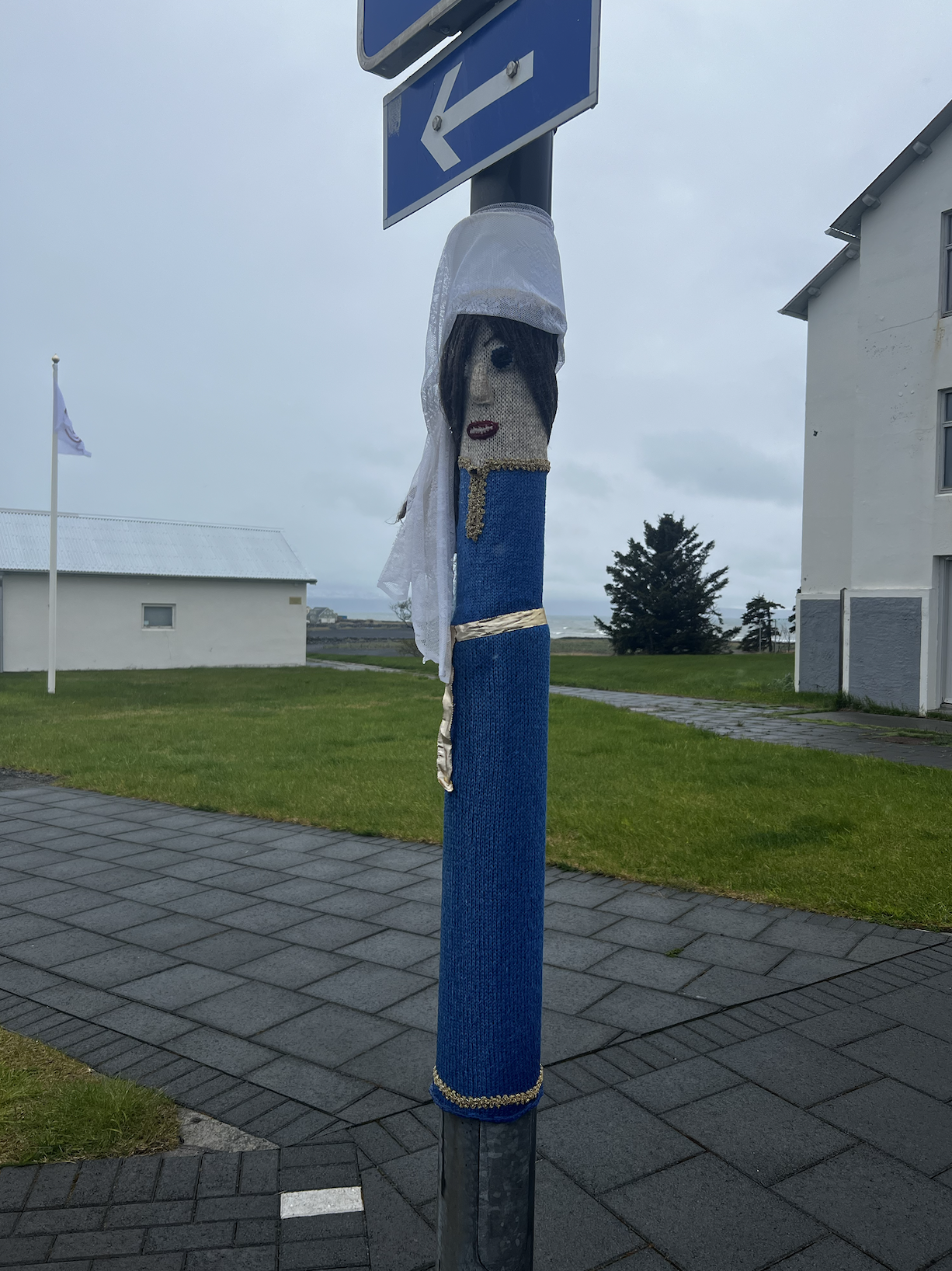Sylvie Stojanovski
Go outside–preferably to a location with some plants or trees, like a forest, walking path or ravine.
Find water (a puddle, a river or an ocean).
Once you find water, sit/stand/crouch with water as close as what feels comfortable.
Try not to refer to water as an “it.”
Take a moment to connect with water.
Breathe.
Notice if water makes a sound. Does water bubble, gurgle or swishhhhh?
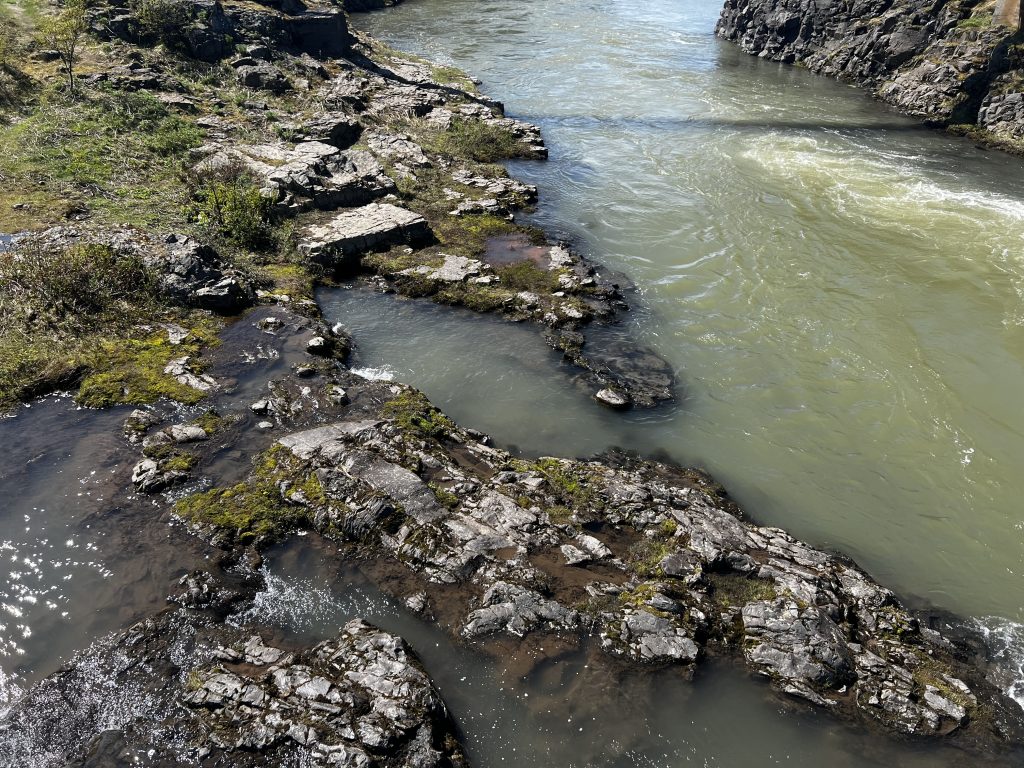
Reflections are best found in still water–water that patiently waits, and listens back. Though the practice of being with water can happen anywhere. You can only see reflections in still water.
When you find water. Look.
What do you see on the surface of water? What do you see in the depths of water?
Sometimes, instead of reflections, you might see shadows, or ducks, or seaweed on water. That’s okay. Witnessing reflections is a practice that takes patience, and consistency. Reflections are fickle, and ephemeral. They may appear when you least expect it.
Sit/stand/crouch with water. Be with water.
Thank water for existing, for experiencing this moment with you.
Return as you wish.
—
In 2020, I started a walking practice to get outside and connect with the land near my parents’ home while living in isolation due to the COVID-19 pandemic. On my daily walks through the West Highland Creek watershed in Scarborough, Ontario, I became mesmerized by reflections on water–in puddles, rivers, and lakes. I began taking photos and videos to document what I saw–shadows of tree branches, reflections of the sky, pebbles on the ground.
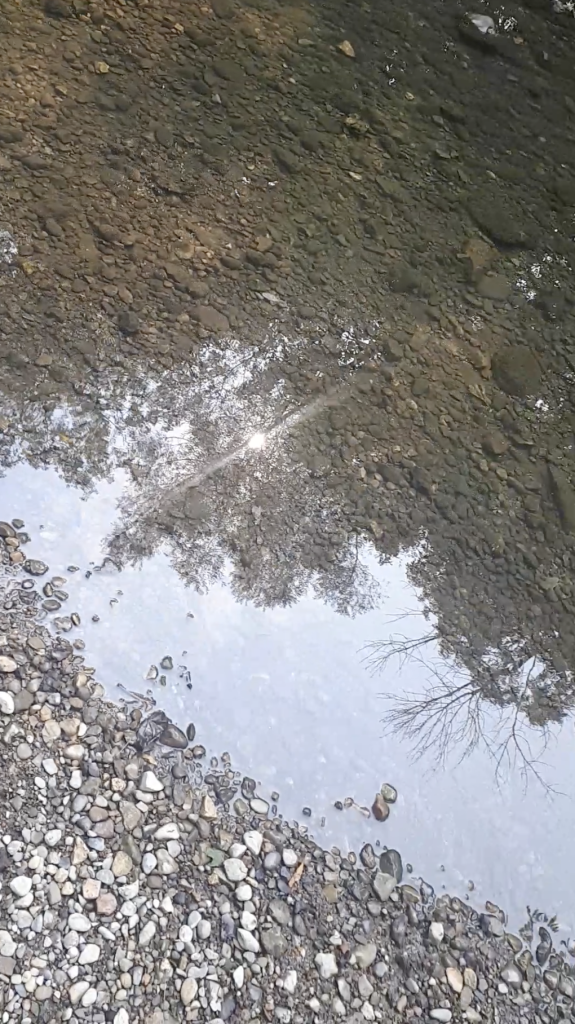
Four years later, I find myself returning to the practice of witnessing reflections (though they are much harder to spot on the Blanda River as water pours out into the Húnaflói bay). In reflections, land meets water meets sky, and I am able to ground myself in the present moment, wherever I am. I hope this practice may find you when you need it most.
